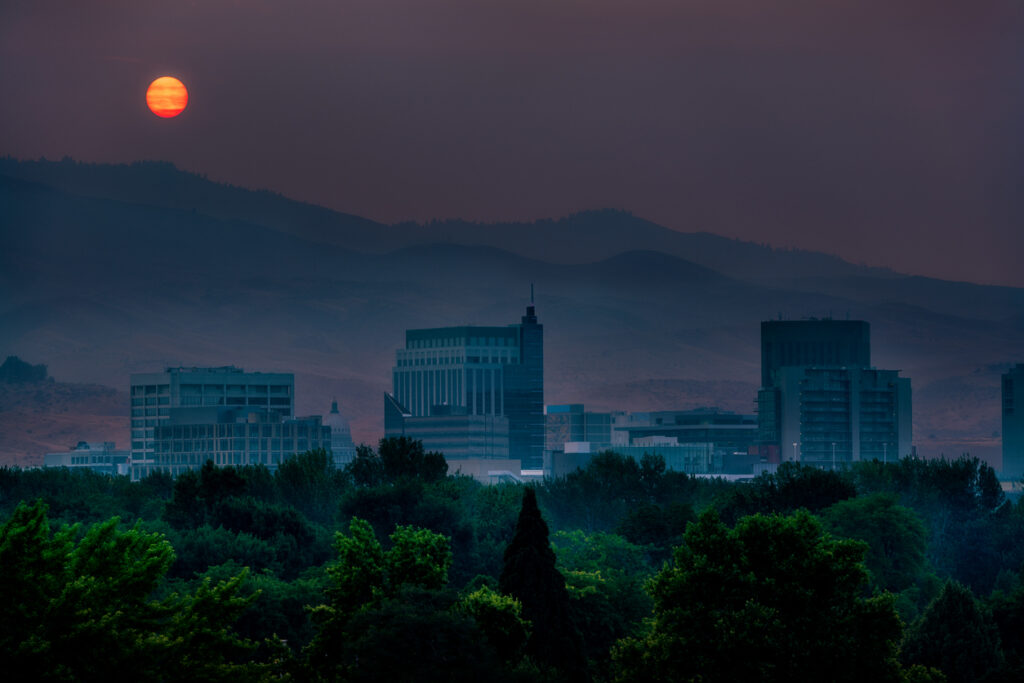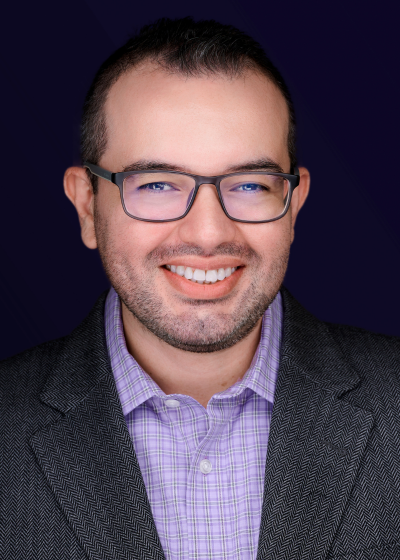Idaho’s wildfire seasons are longer and more intense. Insurers are tightening underwriting, non-renewing some properties, and asking for stronger mitigation. You can still get and keep coverage—if you know what to do and when.
At-a-Glance: What’s new for Idaho homeowners
- State action: Idaho’s Department of Insurance (DOI) proposed a wildfire risk mitigation and stabilization pool in the 2025 session and issued a data call to study the property market.
- No state FAIR Plan: Idaho does not have a last-resort FAIR Plan; most placements remain in the private (admitted or surplus lines) market.
- Mitigation standards matter: Insurers increasingly reference the 0–5 ft “noncombustible zone,” ember-resistant vents, and Class A roofs when pricing/renewing.
- Where risk is rising: Northern Idaho and WUI edges around Boise show elevated potential in seasonal outlooks and local zoning overlays.
What has changed with Idaho homeowners’ insurance?
Insurers are re-scoring wildfire exposure and adjusting terms—higher premiums or deductibles, stricter eligibility in high-risk corridors, and more documentation of mitigation. Idaho’s DOI launched a market analysis and has explored a mitigation/reinsurance pool concept to help stabilize availability and encourage home hardening.
Who is most affected?
- WUI properties (Wildland-Urban Interface): homes near fuels, on slopes, or with long private driveways.
- Older construction without ember-resistant vents, enclosed eaves, or a Class A roof.
- Owners with prior claims or lapsed policies, and cabins/seasonal homes that sit vacant.
When should you reassess coverage?
- Every renewal: review limits (rebuild costs, extended replacement, ordinance/law) and your Loss of Use/Additional Living Expense (ALE) limit.
- After nearby fires: expect underwriting changes next cycle—act early.
- After upgrades: re-shop when you add a Class A roof, enclose eaves, screen vents (≤ 1/8″), or create defensible space—these can improve offers.

Where are wildfires hitting hardest in Idaho?
- Boise Foothills and Ada County WUI: the city’s WUI overlay identifies higher-risk zones and prescribes mitigation for new/expanded structures.
- Northern Idaho: seasonal outlooks have flagged above-normal significant fire potential at times during summer.
- Rugged central regions (e.g., Salmon-Challis/Sawtooth): abundant fuels and difficult access complicate suppression.
Why are insurers non-renewing or raising rates?
- Severity & frequency: more large events and higher total losses strain results.
- Reinsurance costs: global reinsurance has repriced wildfire risk, flowing through to primary premiums.
- Data-driven caution: carriers are concentrating on construction, topography, access, and proven mitigation before offering terms.
How can Idaho homeowners secure (and keep) coverage?
1) Harden the home (insurer-recognized actions)
- Zone 0 / “0–5 ft noncombustible”: remove wood mulch, lumber, firewood, shrubs; use gravel/decomposed granite/hardscape; keep decks clear underneath.
- Roof & edges: Class A roof (asphalt comp, metal, tile), enclosed eaves/soffits, metal gutter covers, clean gutters.
- Vents & openings: ember-resistant vents or 1/8″ metal mesh; screen gable, foundation, and attic vents; cover under-deck areas.
- Windows & siding: dual-pane tempered glass preferred; maintain 6″ ground-to-siding clearance; replace damaged siding/trim.
2) Create defensible space (the “0–5 / 5–30 / 30–100 ft” model)
- Immediate zone (0–5 ft): noncombustible.
- Intermediate (5–30 ft): limb trees up ~6–10 ft (or 1/3 tree height), space vegetation, remove ladder fuels, keep grass short.
- Extended (30–100 ft): thin trees/brush to break up fuel continuity; keep access roads/driveways clear for engines.
3) Strengthen your insurance file
- Proof helps: keep dated photos and receipts of mitigation; include roof specs, vent product cut-sheets, and a simple site plan showing clearances.
- Inventory: maintain a photo/video inventory (cloud backup). It speeds claims and helps right-size personal property limits.
- ALE (Loss of Use): know the limit/time period; keep evacuation receipts if a civil authority order keeps you out.
4) Optimize how you shop
- Start early: begin 45–60 days before renewal in high-risk ZIPs.
- Bundle smart: home + auto/umbrella can widen carrier options and offset rate impacts.
- Consider deductibles: a higher all-peril deductible can help offset premium—but make sure your emergency fund can handle it.
- Surplus lines as a backstop: if admitted markets decline, a licensed surplus lines broker can access specialty wildfire carriers.
5) If you receive a non-renewal
- Ask why (in writing): request the specific risk factors cited.
- Mitigate & appeal: complete fixes (roof, vents, Zone 0) and ask for reconsideration.
- Work with an independent agent: market to multiple carriers; if needed, go surplus lines.
- Escalate if stuck: contact the Idaho DOI Consumer Affairs team and file a complaint for assistance.
FAQ: Quick answers
Does a standard homeowners policy cover wildfire? Generally yes—fire (including wildfire) is a covered peril on typical HO-3 policies, but availability and pricing depend on risk. Read your form and endorsements.
Will my policy pay for evacuation costs? Often yes, under Additional Living Expense (Loss of Use) when a civil authority blocks access or the home is uninhabitable from a covered loss. Keep receipts and confirm limits/time frames.
Is there a state FAIR Plan in Idaho? No. Idaho doesn’t operate a FAIR Plan; instead, the state has explored a mitigation/stabilization pool concept and encourages private-market solutions.
What home upgrades matter most for underwriting? Class A roof, enclosed eaves, ember-resistant vents, and a strict 0–5 ft noncombustible zone. Visible, well-documented mitigation can unlock better options.
Helpful local and agency links
- Get a homeowners quote (Inszone) • Boise office
- Idaho DOI: File a consumer complaint
- Idaho Dept. of Lands: Prevent & Prepare
- City of Boise WUI Overlay
Sources and Further Reading
- Idaho Department of Insurance – Homepage • Property insurance market data call • Bulletin 25-02 (PDF)
- Idaho Legislature – HB 17 (2025) Wildfire Risk Mitigation & Stabilization Pool: LegiScan bill page
- Coverage climate in the Mountain West: Boise State Public Radio • BoiseDev (bill explainer)
- Wildfire season & situational awareness: National Interagency Fire Center (NIFC) • National Fire News • NICC
- Risk maps & state overview: USFS Wildfire Risk to Communities • Idaho overview • Idaho County risk snapshot
- Idaho lands & forest risk: Idaho Department of Lands 2024 Annual Report (PDF)
- Home hardening standards: IBHS: 2025 Wildfire Prepared Home update • IBHS Wildfire Prepared Home Technical Standard (PDF)
- Defensible space & Firewise: NFPA: Preparing homes for wildfire • Idaho Firewise
- Local WUI policy: Boise WUI Overlay
- Claims & ALE guidance: Idaho DOI Post-Disaster Claims Guide (PDF)
- Surplus lines backstop (when admitted markets decline): Surplus Line Association of Idaho





